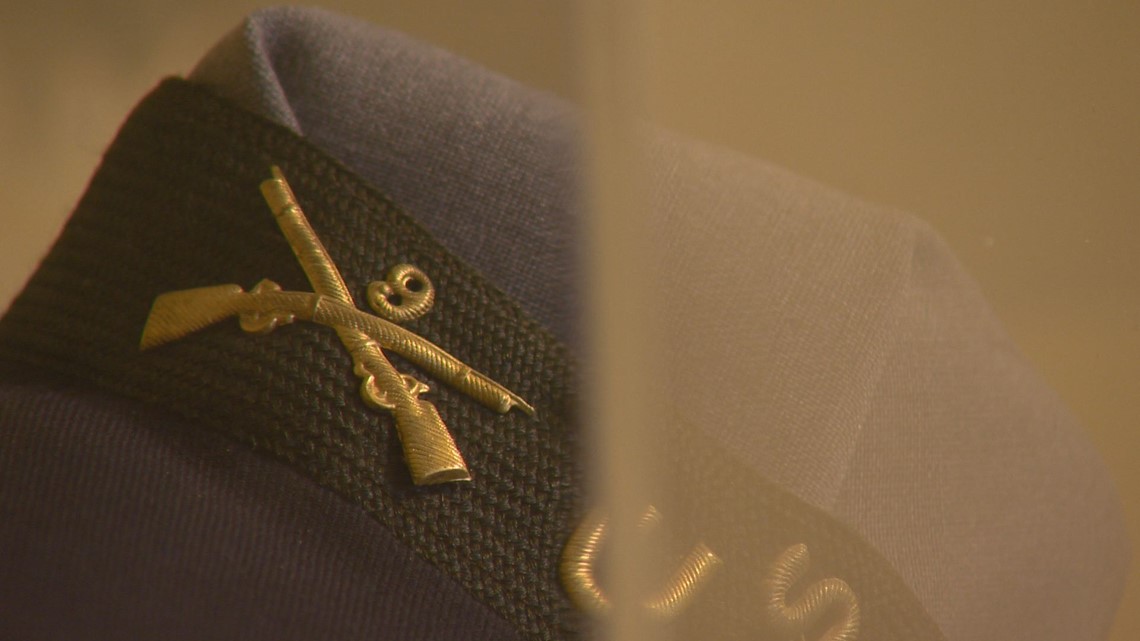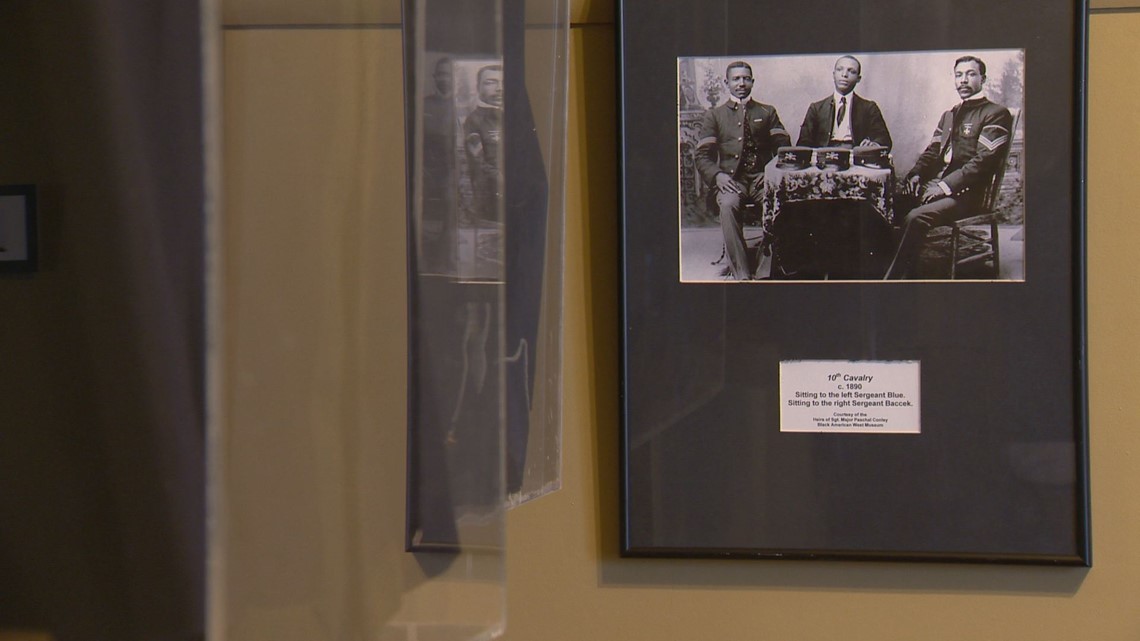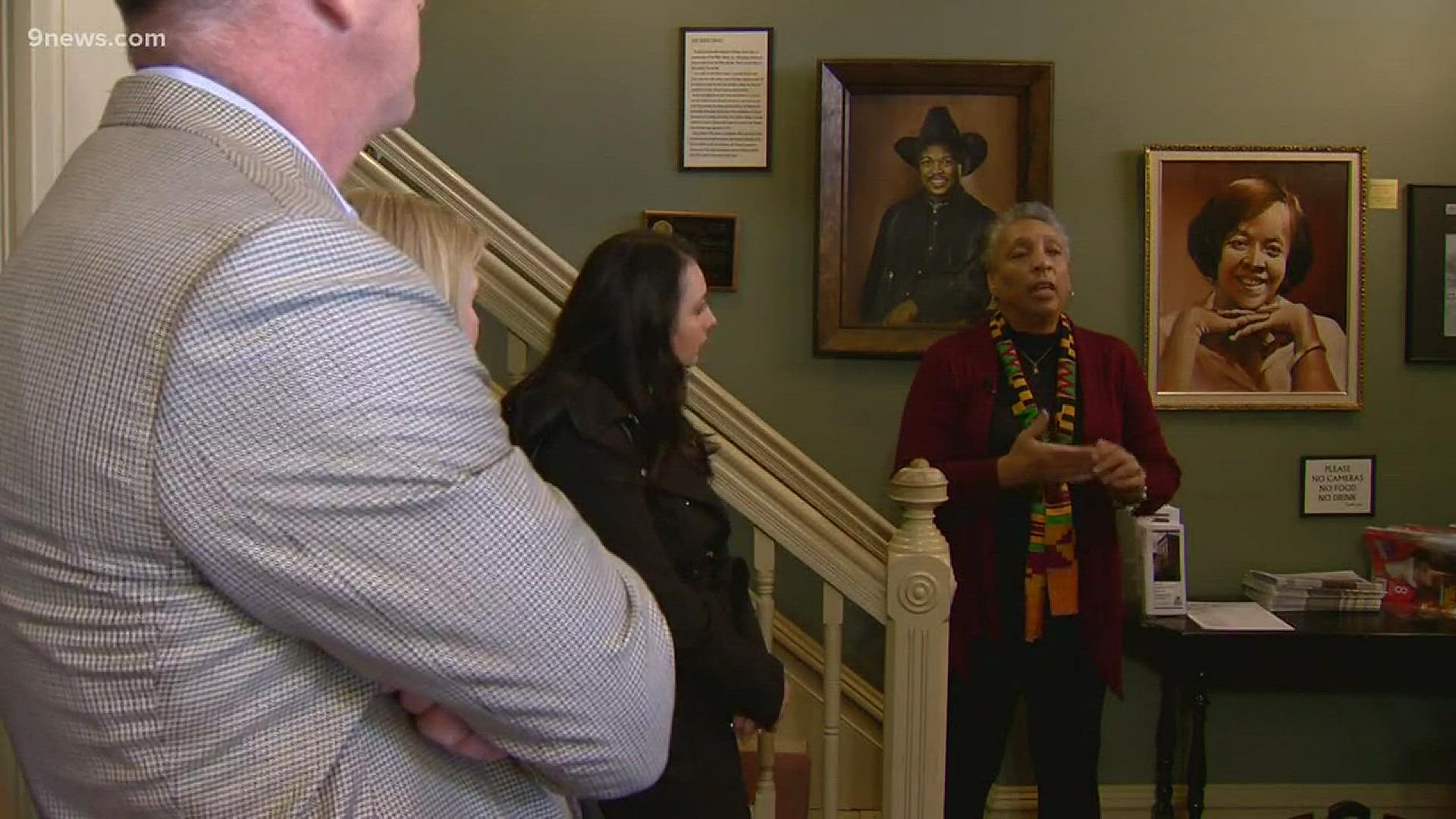DENVER — Black American West Museum founder Paul Stewart had a vision.
He was born in 1925 and growing up, he was told by friends that there were no such thing as black cowboys. That was a statement he believed ... until a visit to Denver in 1961.
“Mr. Stewart and his cousin were in downtown Denver and he met a black cowboy,” said museum volunteer Terri Gentry. “And that changed his life.”
Stewart started collecting information on black cowboys in 1971, and what he found opened his eyes.


“People brought pictures, artifacts, family stories,” Gentry said. “And he discovered that almost every 1-in-3 cowboys is black.”
After the Civil War, cattle herding was one of the few jobs men of color could get at the time.
“On the plantations and ranches in Texas, you had black folks taking care of animals and moving cattle around…so you have a lot of black cowhands and ranch hands,” Gentry said.


Gentry said the term "cowboy" was embraced to mean something different than it did in the 1860s.
“The term 'boy' was a derogatory term against black and Latino men,” Gentry said. “They were the cowhands and ranch hands, but they were called boys [because] they didn’t want to call them men.”
Nat Love, for example, was a cowboy who helped herd cattle on the Western Plains.
“His nickname was ‘Deadwood Dick’ because he was so fast with a gun in Deadwood South Dakota,” Gentry said.
The museum also shares other stories of men trying to make a life for themselves in the west.
“The largest employer of black men was the military, so you had black cowhands and ranch hands, but you also had a lot of military, and those were the Buffalo Soldiers," Gentry said.


These African-American U.S. soldiers started to serve on the western plains in the 1860s.
“The Arapahoe and Cheyenne named them the Buffalo Soldiers because of their curly hair, like the curly hair of a Buffalo,” Gentry said.
In 1866, six all-black cavalry and infantry regiments were created after Congress passed the Army Organization Act. Their main duties were to help capture cattle rustlers, protect stagecoaches. They also protected settlers and railroad crews along the Western front.


“They stood as soldiers with a lot of integrity (and) they wanted to prove that they were reliable, strong, confident men," Gentry said.
Stewart wanted to celebrate these stories, and was inspired to build a place for others to learn.
“It’s a love story for me to be here to talk about and share the legacy of these folks,” Gentry said.
SUGGESTED VIDEOS | Feature stories from 9NEWS

